Search
Search Results
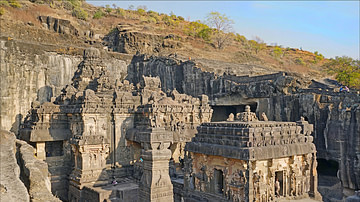
Article
Ellora Caves
Ellora (also known as Elura and, in ancient times, as Elapura) is a sacred site in Maharastra, central India. The Ellora Caves are listed by UNESCO as a World Heritage Site and is celebrated for its Hindu, Buddhist, and Jain temples and monuments...

Definition
Oshun
Oshun (pronounced O-shan, also given as Osun) is a supernatural entity recognized as both a spirit and a goddess in the Yoruba religion of West Africa. She presides over fertility, love, and freshwater, is the patroness of the Osun River...
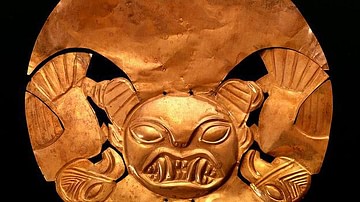
Definition
Moche Civilization
The Moche civilization (also known as the Mochica) flourished along the northern coast and valleys of ancient Peru, in particular, in the Chicama and Trujillo Valleys, between 1 CE and 800 CE. The Moche state spread to eventually cover an...

Definition
Roman Triumph
A Roman triumph was a spectacular celebration parade held in the ancient city of Rome for a military commander who had won an important victory on the battlefield. Granted by the Senate, it was a lavish and entertaining propaganda spectacle...
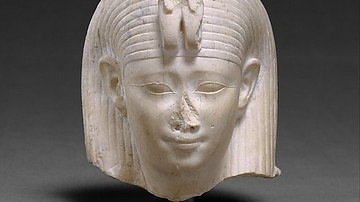
Definition
Arsinoe II Philadelphus
Arsinoe II (l. c. 318/311 - c. 270/268 BCE), daughter of Ptolemy I became one of the most enduring figures of the Lagid or Ptolemaic Dynasty and left an undeniable mark in the historical evidence. She was married three times; first to Alexander...
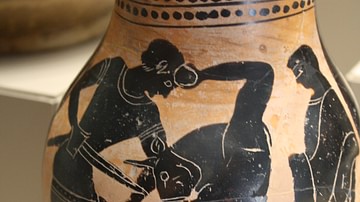
Image
Theseus & the Minotaur
This Attic black figure vase shows Theseus killing the Minotaur of the Cretan labyrinth. A feminine figure looks on from the right, possibly Ariadne. Late 6th, early 5th century BCE. (Archaeological Museum, Milan).
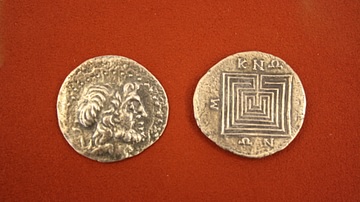
Image
Cretan Silver Tetradrachm
Silver tetradrachm from Knossos, Crete, 2nd or 1st century BCE. O: Head of Zeus. R: Labyrinth.
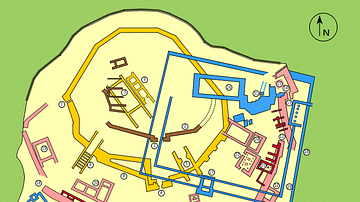
Image
Map of Troy
Plan of the archeological site of Troy/Hisarlik. Legend: 1: Gate 2: City Wall 3: Megarons 4: FN Gate 5: FO Gate 6: FM Gate and Ramp 7: FJ Gate 8: City Wall 9: Megarons 10: City Wall 11: VI. S Gate 12: VI. H Tower 13: VI. R...

Image
Hongshan Jade Dragon
The jade dragon from Hongshan, Inner Mongolia, China. Dating to between 4500 and 3000 BCE, it is the earliest known depiction of a dragon. (National Museum of China, Beijing)
Image by David Owsley Museum, used with permission.
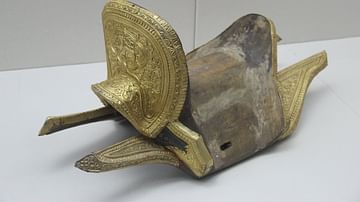
Image
Mongolian Saddle
A Mongolian saddle from China dating to between c. 1271–1368 CE, when China was ruled by the Yuan Dynasty. From the Inner Mongolia Museum in Hohhot, China.